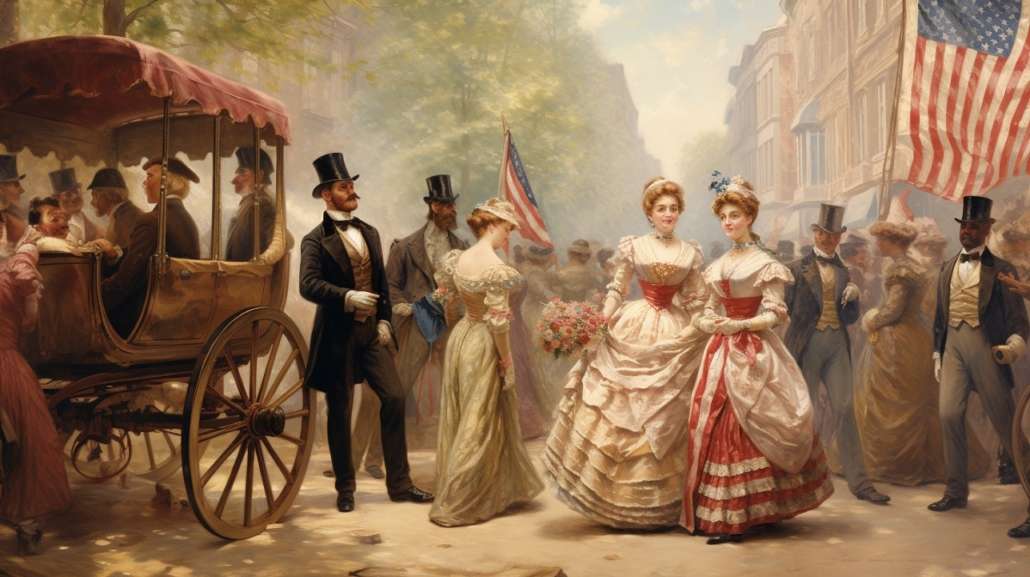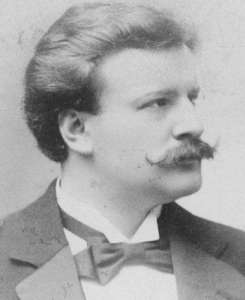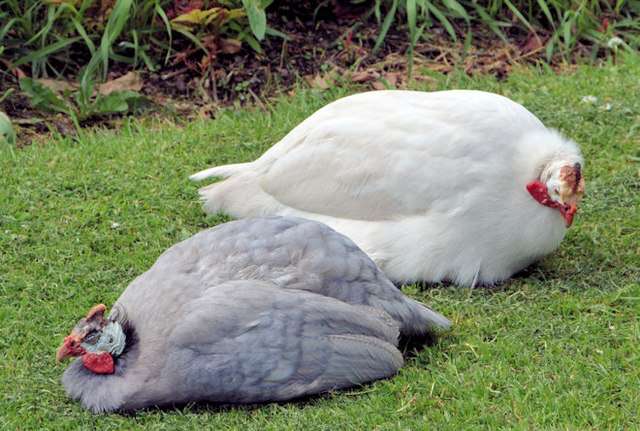I’M JUST CURIOUS: Morals and manners

 by Debbie Walker
by Debbie Walker
I have been watching a chain of events taking place. Have you noticed? It seems to me that we have been losing touch with those niceties. When I was working in the school system with first and second graders, that first day of school we had to teach academics but also had to begin teaching basic table manners. They caught on quickly. Kids learn good and not so good behavior at about the same time.
Okay, enough about kids. I have a book (of course) titled Manners and Morals of Victorian America, by Wayne Erbsen. I get a wicked chuckle from reading this stuff. The olden ways were pretty stiff but if we could have saved a bit of the manners and morals it might have been better.
We are entering the holiday activities time of the year. I am working for the theater group, and we are doing a play, Mistletoe Ridge, a Christmas comedy. It’s cute. I have recently read the manners book and there was information about how to behave in concerts, and table manners in group meals. Naturally I was interested. So…..
Beating the time with canes or feet is not a fashionable way to applaud at the play (It appears to be appropriate now) can indicate natural emotion and everything like feeling is now out of fashion. And of course, it is rude to whisper or talk during the performance and annoying to those of the audience around you.
Applause is by clapping hands, and not by stomping or kicking with the feet. (Still the proper thing).
There are quite a few of these DON’Ts, many more than I am printing here. These are geared for dining:
Shoveling food in is considered an atrocity, that in Europe you would be escorted out.
Solemn dullness and unsociability at meals is not acceptable.
Don’t tuck your napkin under your chin, nor spread it upon your breast. Bibs and tuckers are for the nursery.
Don’t fail to notice elderly people. (Even in a Native American family following old customs will seat their elders and serve them first.)
Don’t scold and snarl, as it is exceedingly ill bred to do so.
Don’t chew or fumble your toothpick in public. (Even restaurants give them to you until you are exiting.)
(THERE WERE MANY MORE!!)
Hold your tongue. Nothing is ruder than to converse whilst people are singing. If you don’t like what you are hearing, you should remove yourself lest you ruin it for others.
More Nevers. Told you there are many more than I am going to be able to print at this time.
Never fail to be punctual at the time appointed.
Never fail to give a polite answer to a civil question.
Never appear to notice a scar, deformity, or defect of anyone present.
Never fail to offer the easiest and best seat in the room to an invalid, an elderly person or a lady.
It is fun reading about the manners and morals of years ago. Comparing them to today gives us something to think about.
I’m just curious if you find these things as interesting as I do. If you have time to comment, you can find me at DebbieWalker@townline.org. Have a wonderful holiday season.






 The 60th annual Waterville Rotary Auction with hundreds of gifts, services and unique items will once again be held online through
The 60th annual Waterville Rotary Auction with hundreds of gifts, services and unique items will once again be held online through  (NAPSI)—November is National Diabetes Month, when communities across the country spread awareness about diabetes.
(NAPSI)—November is National Diabetes Month, when communities across the country spread awareness about diabetes.



 Helping others with mental health problems can be a way to help yourself, says author and mental health advocate J.D. Schramm.
Helping others with mental health problems can be a way to help yourself, says author and mental health advocate J.D. Schramm.